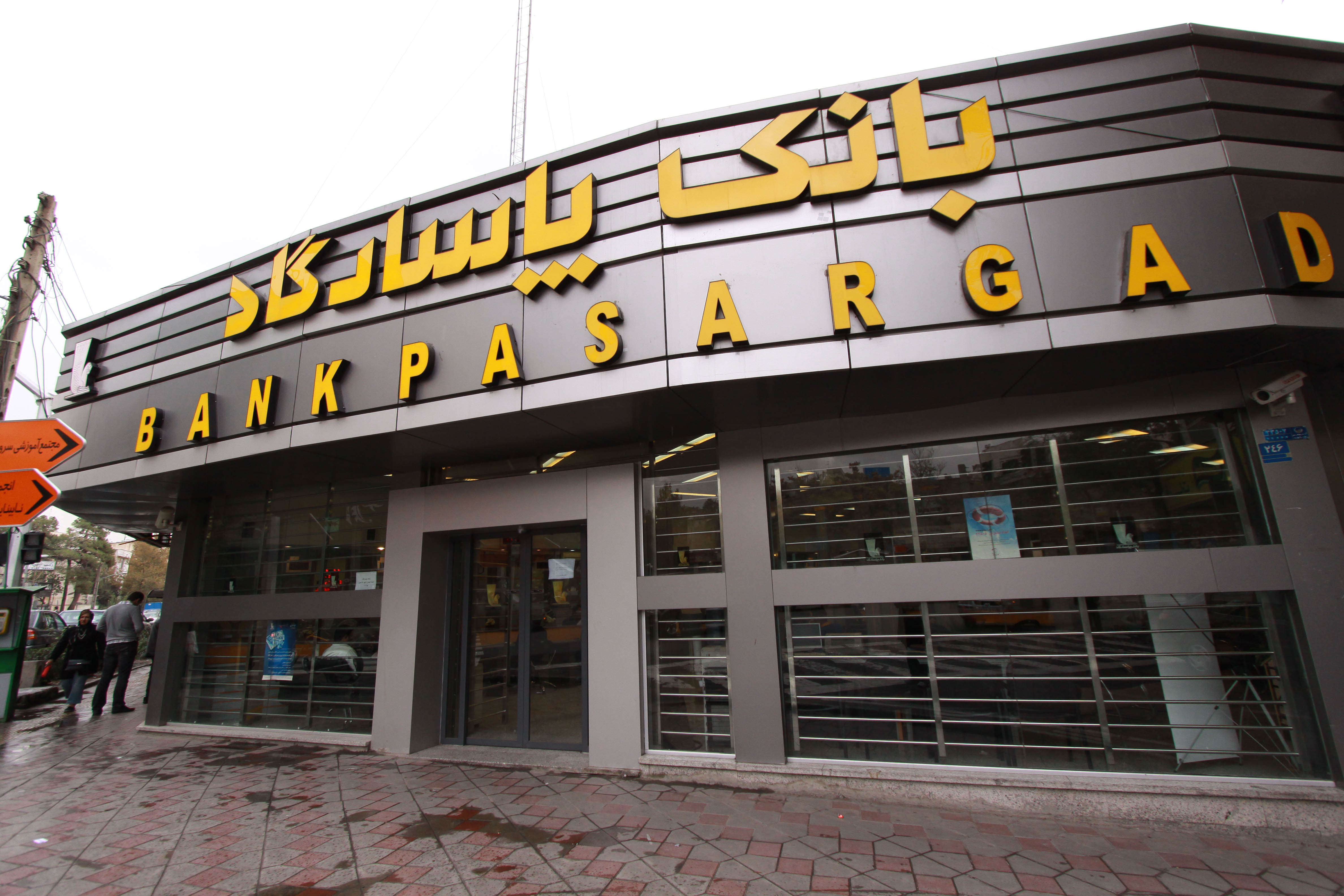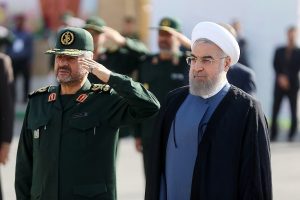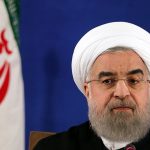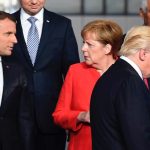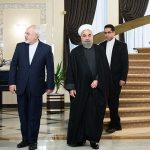by Djavad Salehi-Isfahani
Removal or relaxation of international sanctions will benefit Iran’s economy just as surely as they hurt it when they were imposed. But not all sanctions have the same effect, and removing some will have a faster impact than others. President Rouhani has staked his political fortunes on reviving the economy, so how a nuclear deal benefits the economy and how quickly is of critical importance for Iran’s politics, especially for the coming parliamentary elections in March 2016.
Sanctions relief will affect Iran’s economy in four principal ways. The most immediate effect will come from the release of Iran’s frozen funds abroad, estimated at over $100 billion. This is about one-fourth of Iran’s GDP and one-third greater than this year’s government budget. The removal of sanctions against exports of Iranian oil, currently at about 1.4 million barrels per day, will increase oil revenues but with a lag of a few months at least. The third type of sanctions relief opens the way for foreign firms to invest in Iran’s oil and gas, automobiles, hotels and other sectors. The fourth type will restore Iran’s ability to trade with the rest of the world and use the global banking system, especially the interbank system of payments known as SWIFT.
Easing of sanctions of all types will come gradually and may be subject to uncertainty. Some sanctions may snap back if disagreement arises after the deal.
The last two types of sanction relief—removing the restrictions against foreign investment, trade, and banking—have the largest potential impact on Iran’s economy, but they will take years to bear fruit. No one knows how much foreign investment will actually happen. None has happened yet. Serious FDI-type investors (in infrastructure, plant, and equipment) may be cautious even after the signing of a nuclear deal, given the vocal opposition to the deal inside Iran. For the removal of trade and banking sanctions to revitalize Iranian production, the country’s business climate needs to improve and numerous barriers to production—what local producers call “internal sanctions”—have to go first.
With Rouhani’s political capital running down fast and the critical parliamentary elections less than a year away, he should be most interested in the quick cash from the unfreezing of assets and perhaps some from greater oil exports.
The Virtues of Fresh Revenue
Fresh revenues from these sources will do wonders for the government’s fiscal position and can do quite a bit to jump-start the very anemic economic recovery. The money can easily double the government’s foreign currency earnings, from $30 billion to more than $60 billion this year, more than enough to close a large gap in the budget caused by a lower-than-expected price of oil and lower tax collection.
More importantly, it will help the government deliver on its promise of reviving economic growth by enabling it to resume some of the several hundred incomplete and inactive development projects. So far, the main economic achievement of the Rouhani government has been to bring down the rate of inflation, from a high of 35% in 2013 to 15% this year. But the news from the production side is not as good. Although the economic slide has stopped, the economy is growing at a paltry 1-2% per year. The employment situation may be even worse: the government has delayed the publication of the quarterly report of the Labor Force Survey for winter 2015, which should have been out months ago.
Nearly two years after the jubilation that followed Rouhani’s historic election victory in June 2013, the mood in Iran is decidedly subdued, though hopes are still high that the nuclear deal can still make a difference. Quick change can only come from increase in development spending, which the cash released from the frozen accounts can make possible. Development spending is the main instrument to get production going because historically private investment follows government investment spending, of which there has been very little in recent years. This year’s development budget will probably come under 15% of total spending, much less that the 25-30% ratios in the past that generated 6% annual economic growth rates in the 2000s. Funds released following a nuclear accord can double or treble the government’s development spending.
Avoiding the Dutch Disease
But there are drawbacks to spending this money quickly. Rouhani’s economic team is well aware of the problems a large inflow of foreign exchange can create for Iran’s local producers. The problem is the well-known Dutch disease, which is a shorthand for de-industrialization as a result of natural resource exports. The inflow of foreign exchange from unfrozen assets abroad will send most local prices up while import prices stay the same. Local industry loses its competitiveness and jobs will be lost. If the inflow is the result of greater exports signifying higher productivity, this problem does not arise because higher productivity protects import-competing industries at the same time as it promotes exports. No such mechanism is at work when the money that is coming in is from oil exports, old or new.
Having criticized the failure of the Ahmadinejad government to turn $800 billion of oil money into jobs—only 14,000 jobs per year were added during the oil boom years of 2006-2011—Rouhani’s economic team recognizes this pitfall and wants to manage the cash inflow better.
But recognizing the problem is one thing; doing something about it is quite another. It takes sophistication in policy and discipline to manage the inflow of dollars so that it does not undermine production and employment. The sophistication may be there, but the discipline may not. The critical parliamentary elections in March will take place only six months after the funds becomes available, and an impatient electorate is waiting for a cheaper US dollar and lower prices for imported goods.
It will be interesting to see if Rouhani’s government can resist the populist temptations that have plagued its predecessor, which is responsible for the poor record of employment growth over the last decade.

